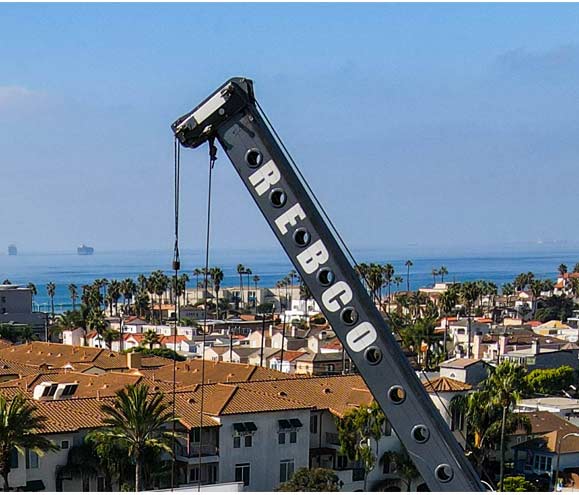With a reputable crane rental service provider, the lifting process seems easy on the construction site. Even the site owner feels safe after hiring a crane rental service. But, actually, there are lots of things going on behind the picture. The lifting process is not as easy as it seems, even for the experienced crane operator. This is why a comprehensive lifting plan is required.
Lift planning includes several stages or processes to be efficient and effective for the crane rental service provider and the site owner.
Importance of lift planning before installation of a crane
Even if it’s about a simple or routine lift operation, risk or danger is always there. To make the process easy, numerous variables are considered and they are important for the safety of the site and site workers.
Some of the variables that should be considered are weather conditions, terrain environment, site condition, and load handling. And it’s because these variables vary from one site to another.
If you don’t define a lift plan before crane installation, hazards may arise and incidents may occur. This will lead to unplanned downtime, increasing the crane rental service cost. In the worst scenario, you might suffer from property damage, injuries, or loss of life.
The key stages or processes of a comprehensive lift plan
Determine the site condition
No construction sites are the same. So, there is no way that a crane rental service provider can follow a standard routine for lifting the materials. Everything should be personalized based on the site condition.
For site planning, you should submit a general layout showing all the routes, lifting location, types of materials to be used, and surrounding job site activities. With these details, the crane operator will prepare for the service.
Asses the ground condition
This is something very technical, so you should seek help from a structural engineer. The objective of the ground condition assessment is to ensure that an appropriate load-bearing base is established before crane installation.
The structural engineer will analyze and find out if the ground condition can support necessary loads and if there is enough space for the crane installation and material lifting.
Carry out a risk assessment
Risk assessment on the construction site, before the crane installation, is necessary to identify any potential hazards and risks that may arise during crane operations. With the help of risk assessment, you can take appropriate control measures and reduce the likelihood of an incident.
A few common crane-related hazards are electrical hazards, poor ground conditions, crane overloading, adverse working configuration, extreme weather conditions, and others.
Determine the scope of work
The scope of work is an important factor to determine a suitable crane unit for the construction project. And it’s because each crane type has certain capacities, limitations, and safe working loads. You cannot expect a crane unit to do all types of lifting.
To get the right crane unit, you should find out the description and detail of the load such as weight, overall dimensions, height to which the load has to be lifted, the position of the center of gravity, and so on.
Lift planning will help you as well as the crane rental service provider. So, you should complete this and share the details with the rental company before the crane starts operating on your construction site.

